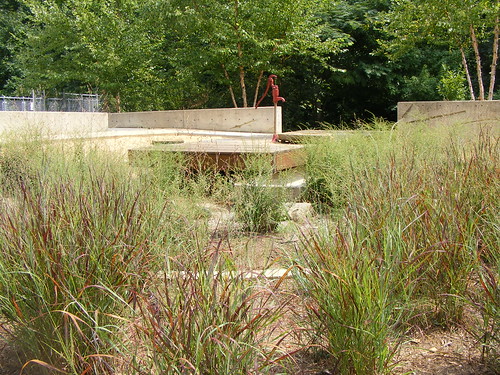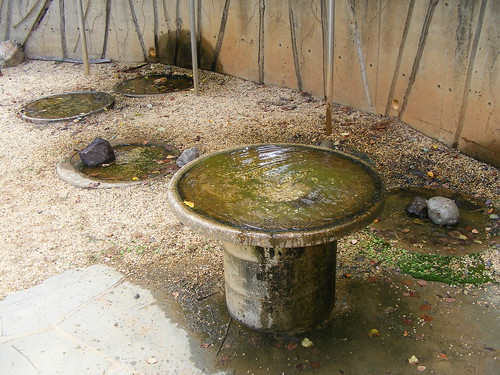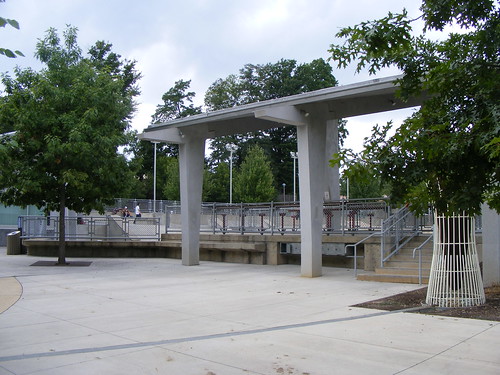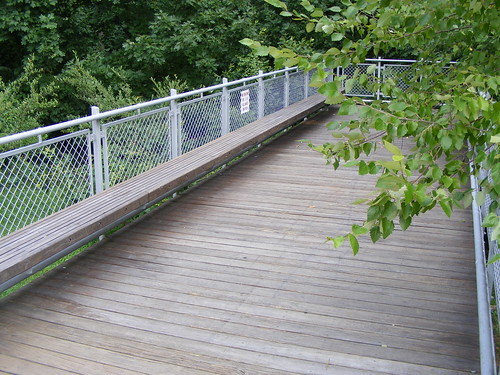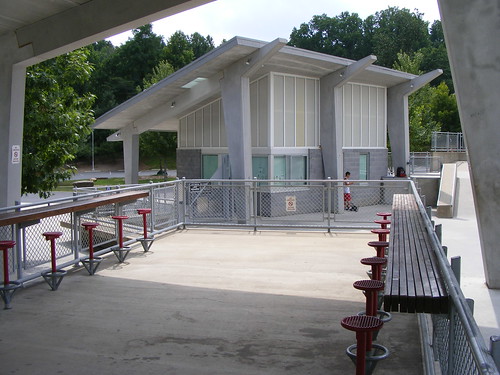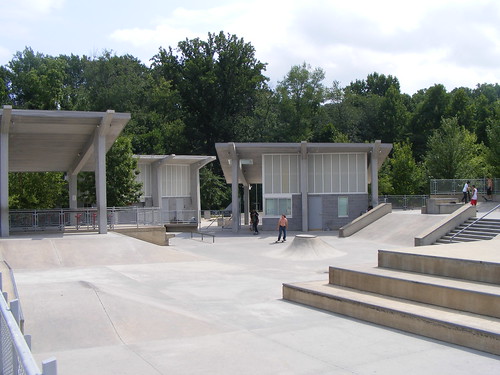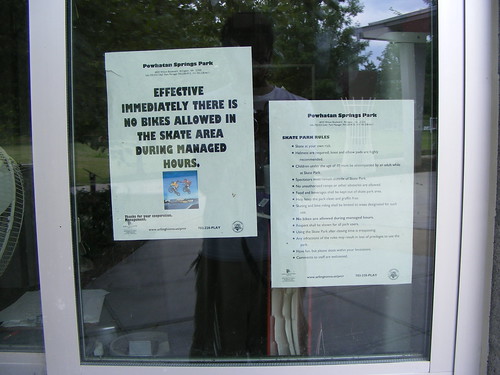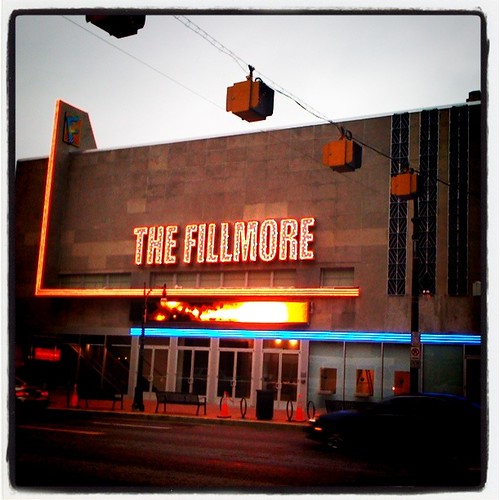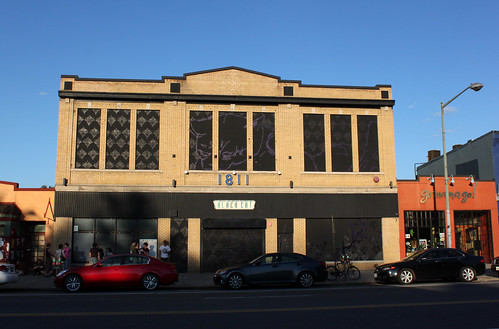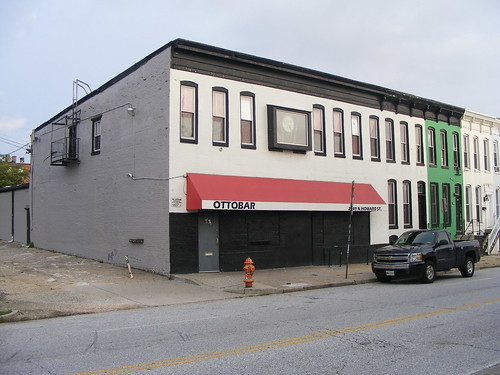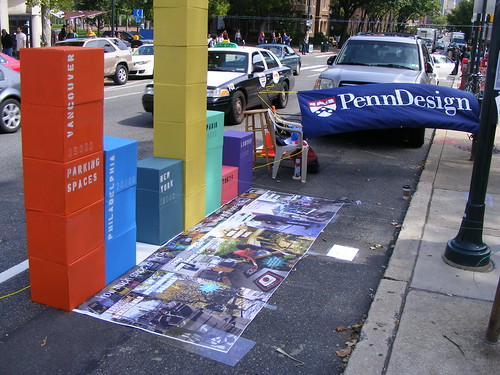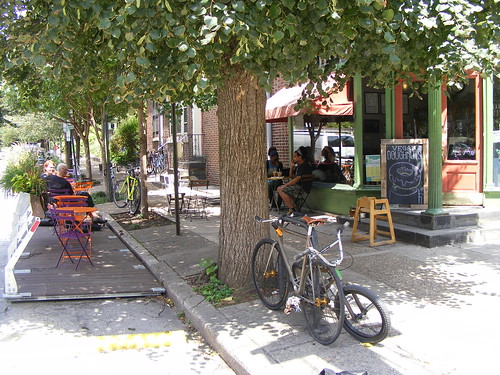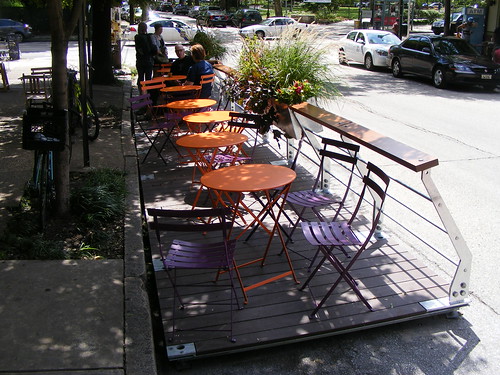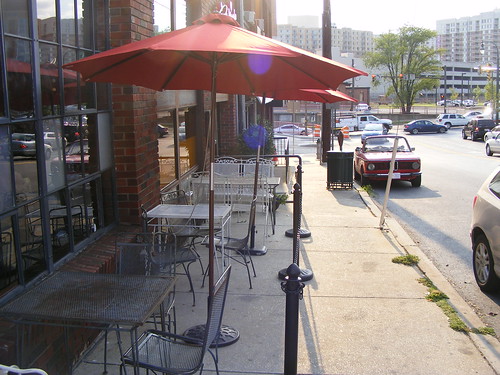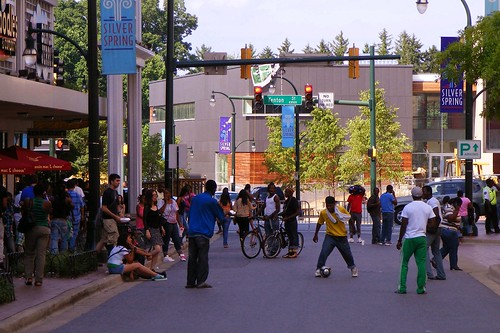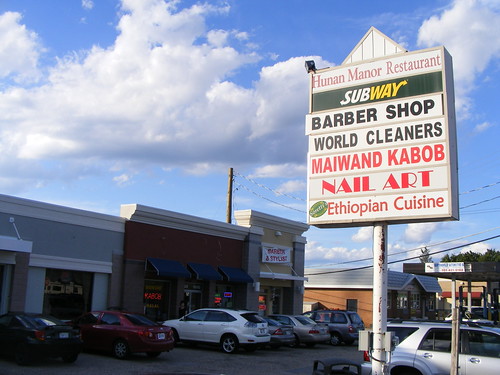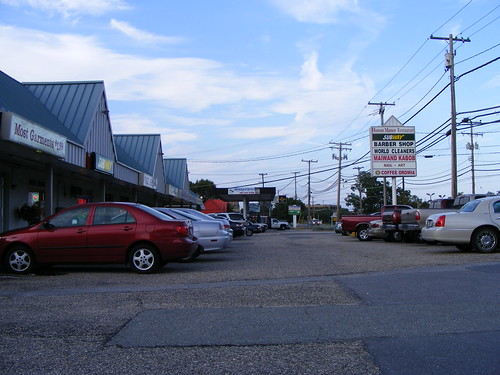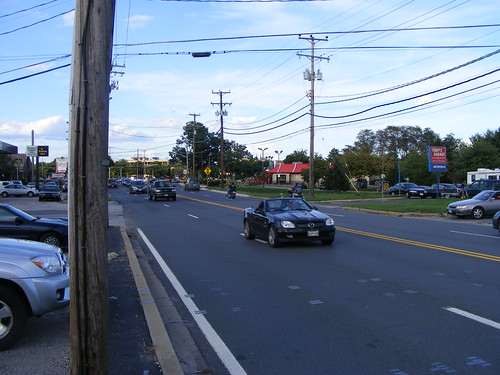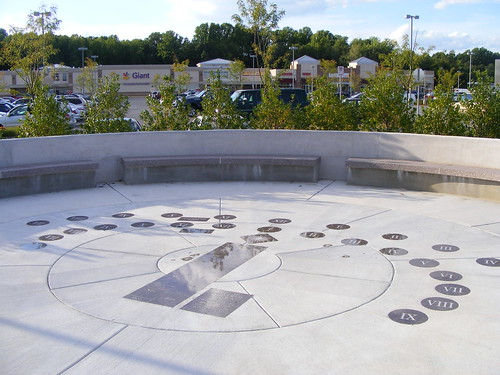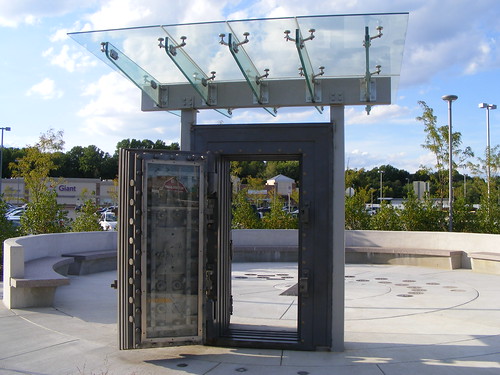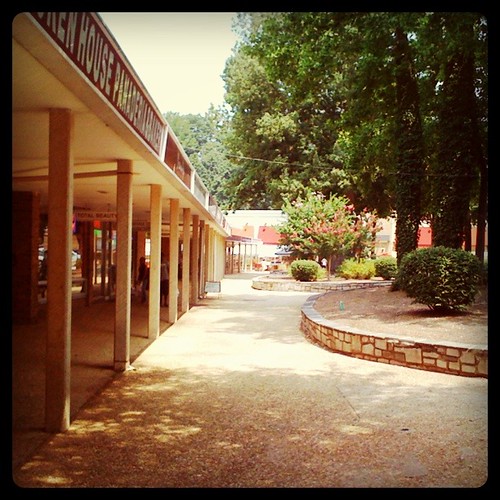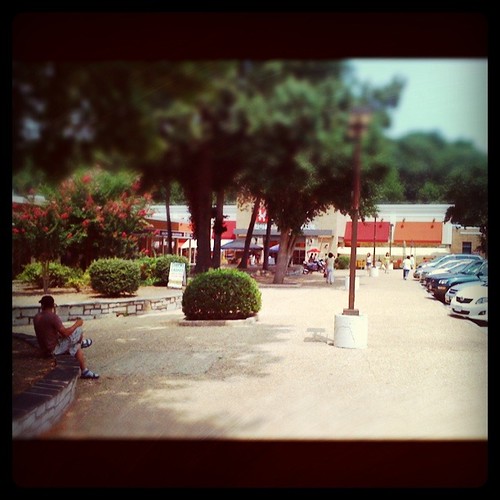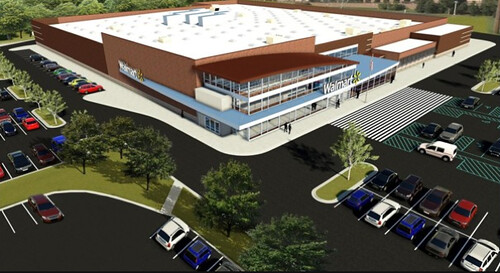
Walmart's push into the D.C. area continues with another proposed store, this one in Aspen Hill. A few days ago, Jonathan O'Connell at the Washington Post's Business Insider blog wrote a brief description of the store, to be located at Connecticut Avenue and Aspen Hill Road, a block from Georgia Avenue. According to the article, the store would be 118,000 square feet, roughly the size of the Target on Cherry Hill Road, and sell groceries.
The site's currently a 1960's-era office building owned by Lee Development Group, the folks who brought you the Fillmore. Until recently, the building was home to aerospace and defense company BAE Systems, which moved to Rockville.
I would've liked to see something along the lines of what the Planning Department suggested in their 2008 study of the entire Georgia Avenue corridor from downtown Silver Spring to Brookeville. In Aspen Hill (see page 30), they proposed turning the current commercial area, composed of a few different strip malls, into a sort of "town center" like Rockville Town Square. Walmart could've fit into this vision, instead of being a typical big box in a parking lot. A proposed store a few blocks from Union Station in D.C. will have underground parking and luxury apartments above, while one in Tysons Corner will be closer in size to a Giant supermarket, drawing customers only from the immediate area.
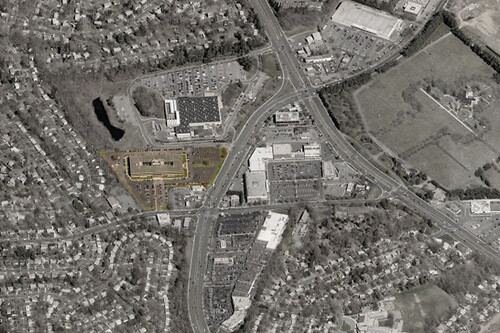
Of course, this kind of development is much more expensive than dropping a one-story box in a parking lot. That's why Walmart's three other stores in D.C., on East Capitol Street, New York Avenue and in Brightwood, just ten miles down Georgia Avenue from Aspen Hill, look exactly like that. In addition, most of Aspen Hill already looks like that and will continue to do so for the foreseeable future.
So if there's anywhere in East County where a store like Walmart would be fitting, it would be Aspen Hill, which is served by two large state highways and will be about two miles from both the Georgia Avenue and Layhill Road exits on the InterCounty Connector. It's an easy place to reach by car, and a complement to other big-box stores in the area, like Kmart and Home Depot.
It's unfortunate that the Lees didn't try to lure Costco away from their future home in Westfield Wheaton Wheaton Plaza. Downtown Wheaton has a Metro station and several bus routes and, unlike Aspen Hill, will soon see a lot of high-density redevelopment. This won't be the easiest place to reach by car (is it now?) and thus may not be the best location for a big-box store dependent on car access.
I'm less upset about Walmart's awful labor and manufacturing policies than I am to see another company with real, well-paying jobs move from the east side to Rockville. It doesn't make a difference to the County Executive whether a business is in Rockville or Silver Spring, because the taxes all go to the same place. But for employees who now have to commute across the county, it's more time spent in traffic. What good are having access discount underpants if you don't have any time to buy them?


